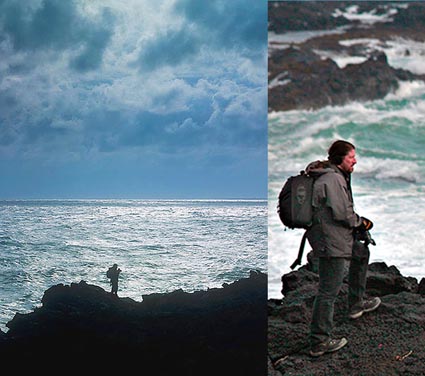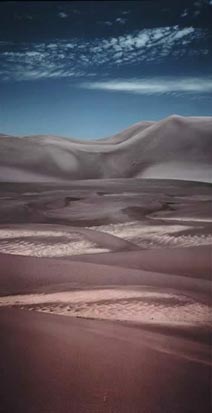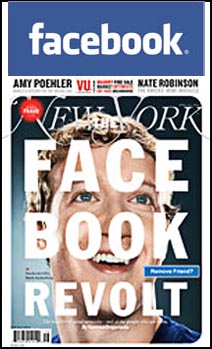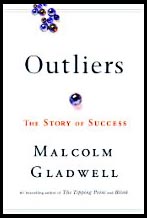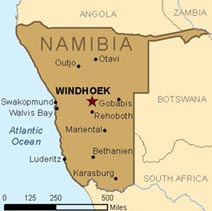Learn to Earn
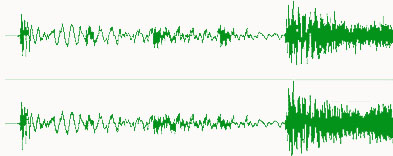
Listen – 1:52
Idea
Learn to earn. The more you know the more opportunities lie before you. The more you know the more productive you are. The more you know the better your product becomes. The more you know the more valuable you are. Investing in your knowledge base and skill set is the best investment you can make. Make time to learn. Learn after you wake up. Get up early and spend an hour inspiring yourself and satisfying your curiosity. Continue learning by doing new things during the day. Learn before you go to sleep. Go to bed early and read or watch educational enriching material. Malcolm Gladwell’s book Outliers suggests it takes 10,000 hours to become a master in a given field. You can’t make10,000 hours go faster, or pass them without interruption, but you can get to there one hour at a time. And you don’t have to spend 10,000 hours to see immediate benefits. Sometimes all it takes to transform ordinary into extraordinary is one good idea. But that one good idea won’t find you. You’ve got to find it. Make time to explore the hidden potentials in any situation and in yourself. Make time to learn. You’ll start earning immediately.
Exercise
Take action now. Make a list of the subjects you’re interested in learning or are most valuable for you to learn. Write at least six things down right now. Keep adding to this list over time. Next, prioritize the items on your list. Rate your items based on two criteria. What’s easiest to learn now? What’s most valuable to learn over time? Start learning the items that are both most valuable and easiest to learn. Plan to work your way to the others over time. Take a first step right now. Demonstrate your commitment to yourself. Find an online resource, order a book or DVD, sign up for a seminar or workshop. Do something. Do anything. Start now.
Listen to more inspiring ideas here.
Find out how to be more effective in your creative life in my workshops.



